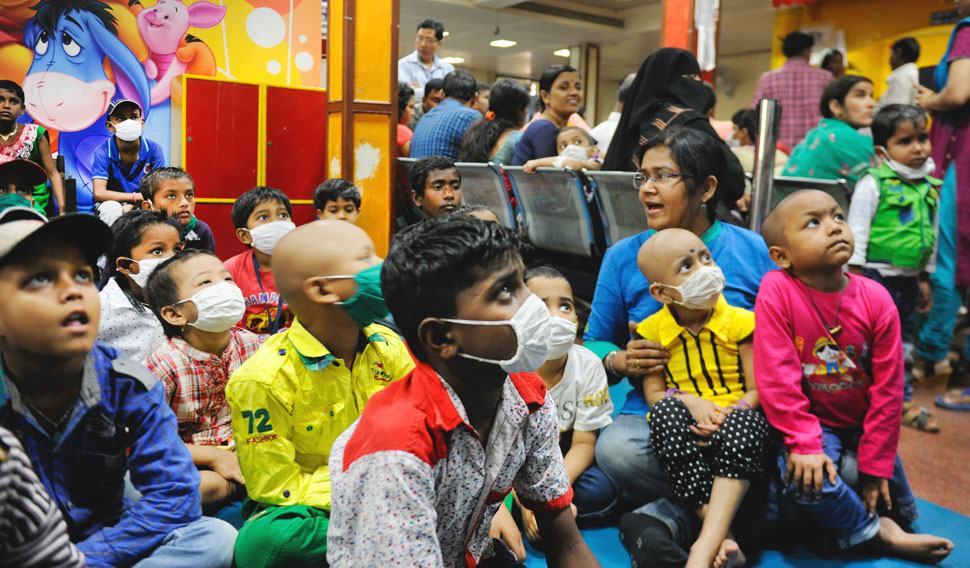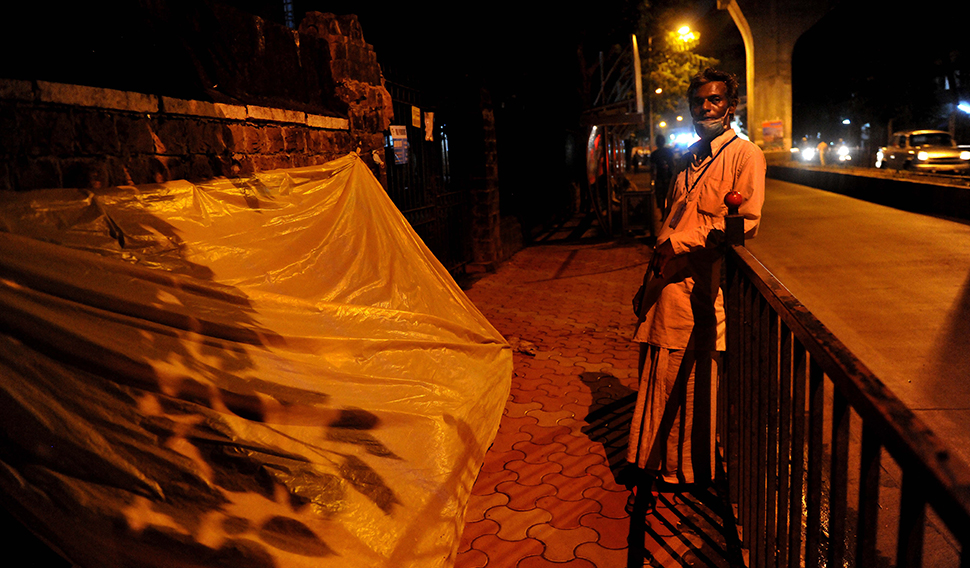
WE CAN
On track to conquering cancer

Dr. Suresh H. Advani
February 2, 2015

In the past 25 years, the most remarkable progress has been in our knowledge of cancer biology
Today the word 'cancer' has been transformed into a controllable and curable disease. Old notions and poor understanding have been replaced by new concepts and newer technology. All these, with developments in cancer care, are allowing our patients to conquer the cancer.
Childhood cancer is curable in almost 60-80 per cent of cases and patients survive to live a normal life. Patients with Acute Lymphoblastic Leukemia, Hodgkin's disease, Wilms' tumour, germ-cell tumour and Ewing's sarcoma are achieving dramatic results with chemotherapy alone. In addition, bone marrow transplantation increases the cure rate.
The progress in the field of molecular biology and molecular technology is helping scientists produce new drugs at a rapid pace.
Today, the old ways of chemotherapy are being replaced by targeted therapy, which achieves elimination of cancer cells without damaging normal cells. Modification of the immune mechanism has allowed us to kill tumour cells. The new delivery system is making it easy to target the tumor cells alone while sparing the normal cells.
In the past 25 years, the most remarkable progress has been in our knowledge of cancer biology. We are dramatically extending our understanding of what is required to turn a normal cell into a cancer cell.
Cancer arises when a single cell changes so that it divides continuously, released from the controls that constrain the replication of normal cells. This transformation results from changes in the function and activity of genes. Of the approximately 100,000 genes found in the human genome, the altered activities of only a relatively small number of genes are responsible for transforming a normal, well-behaved cell into a cancer cell. Identifying these cancer genes defines the central scientific hunt in cancer biology and opens an unprecedented window into the nature of cancer.
Until now, our detection tools have lacked the sensitivity and the specificity that we must demand if early detection is to be useful and successful. Our interventions, despite their success, have, by and large, been the result of guesswork. But now, we are at a point where we can transform our approach towards cancer.

Forty years ago, it was not clear that cancer, other than that which could be removed surgically, could even theoretically be cured. The first proof that cancer can be treated and cured came with childhood cancers, where survival was once measured in weeks to months and where now the great majority of children with cancer are cured. Now, for some cancers, our ability to cure is relatively predictable. For others, our ability to cure is remarkably unpredictable.
The progress in the field of molecular biology and molecular technology is helping scientists to produce new drugs at a rapid pace. The old treatment methods are being replaced by the newer approaches to make the disease stabilise for longer periods. All these developments have allowed us to conquer cancer when the disease is detected at an early stage.
Up to 10 per cent of total cancer cases may be induced by radiation, both ionising and non-ionising, typically from radioactive substances. Cancers induced by radiation include some types of leukemia, lymphoma, thyroid cancers, sarcomas, lung and breast carcinomas.
Conservative surgery and organ preservation are becoming the theme of surgical oncology. Radiation oncology has acquired precision technology to kill the tumor cells and spare the normal cells. Finally, the progress in every field of cancer care is progressing at a rapid pace and we might be able to see the new revolution in prevention, diagnosis and treatment of cancer.
Q&A with Dr. Jame Abraham

Dr. Abraham is the director of the Breast Oncology Program at the Taussig Cancer Institute, US
What screening options are available for cervical cancer?
Development and widespread use of pap smear is one of the most important success stories in cancer detection and prevention.
For more, click here

